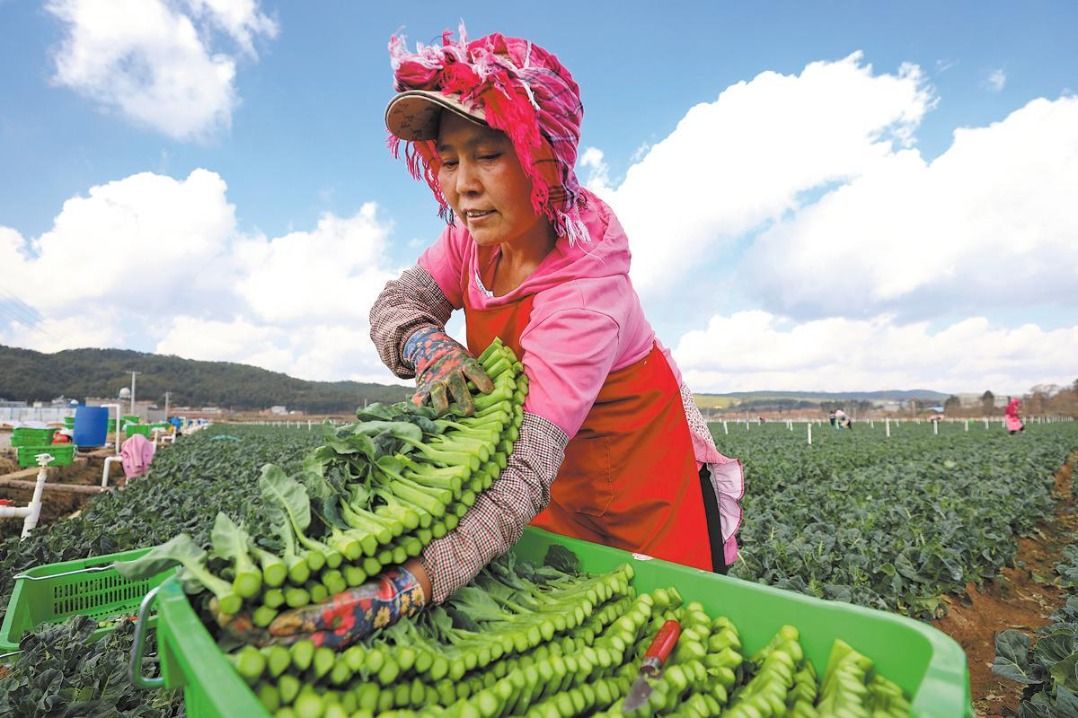Saving deer breeds a story of success

At the Shishou Milu Deer National Nature Reserve in Central China's Hubei province, about 2,000 creatures roam and frolic freely. Their numbers include 460 fawns born this year, evidence that the species, once dying out in China in the early 20th century, have staged a remarkable recovery.
Often referred to as sibuxiang (literally meaning "four aspects seen in other animals") they seem to consist of parts of various creatures. Also known as Pere David's deer, the milu, of course, has antlers like other deer, but also seems to have the head of a horse, the hoofs of cattle and the tail of a donkey.
Its conservation story provides an extraordinary example for other endangered animals under a threat of extinction.
In 1985, the species was reintroduced from the United Kingdom to China, and the population gradually increased.
As one of the animal's three major protected areas in China, the Shishou reserve was established in 1991 with the first 64 milu deer introduced from Beijing two years later.
Close to the Yangtze River, the area has a complete wetland ecosystem and a vast pasture, an ideal habitat for the deer.
This year marks the 30th anniversary since their introduction and thanks to the past decades' efforts, the number of milu is about to reach the upper limit of the reserve's capacity.
In January, an additional extended area of the reserve, covering 8,000 mu (533.33 hectares), initially opened its doors to its first 400 milu.
"So far, we have observed more than 10 naturally formed breeding groups of varying sizes among the milu deer," says Zhang Yuming, a 45-year-old engineer who has been monitoring and caring for milu at the reserve for the past 12 years.
He adds that more fawns are expected to be born this year.
At the reserve in Jingzhou, Hubei, milu deer usually mate between June and August, during which the males fight each other for the privilege to stay with as many females as they wish. To ensure a safe and tranquil environment for reproduction, a team of two engineers and eight rangers have increased patrols of the reserve.
At the same time, advanced technologies, such as drones, infrared cameras, intelligent monitoring, have been applied at the reserve to help observe and analyze the milu's habits, routines and environment.
Yang Tao, the reserve's deputy director of management and scientific research, says the environment and dedicated efforts of those responsible for the deer has resulted in the massive increase in numbers.
In the country's three major protected areas — the Nanhaizi Milu Deer Park in Beijing, the Dafeng Milu Deer National Nature Reserve in Jiangsu province, and the Shishou reserve — the animal's population has increased significantly from just 39 in 1986 to over 10,000 now.
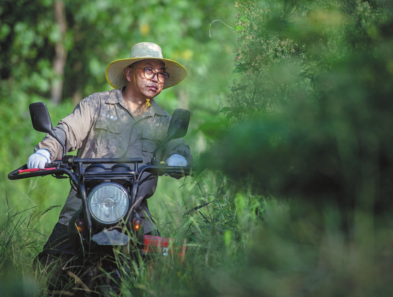
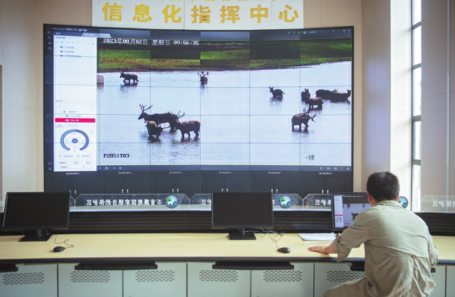
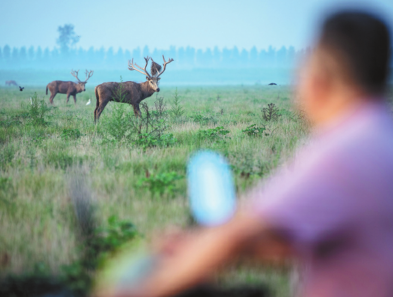
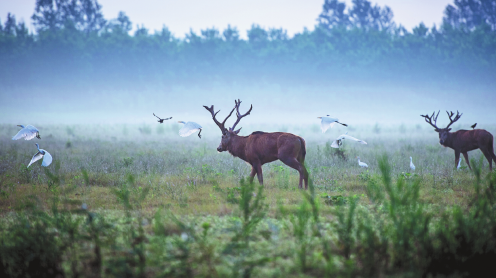
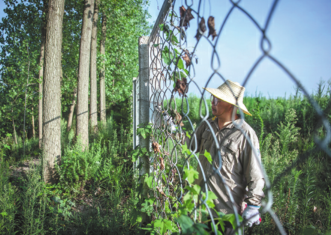


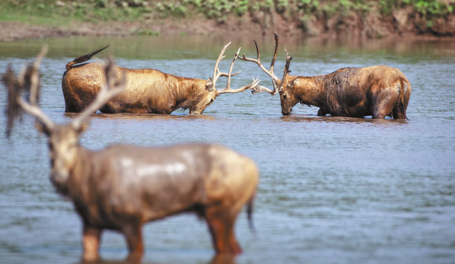
Today's Top News
- China reports 5.3% GDP growth in H1
- China handles 95 billion parcels in first half of year
- China, India vow to boost relationship
- Tips for expats to strike swifter friendships
- Digital initiative turns city into innovation hub
- AI enables sustainable energy transition

















